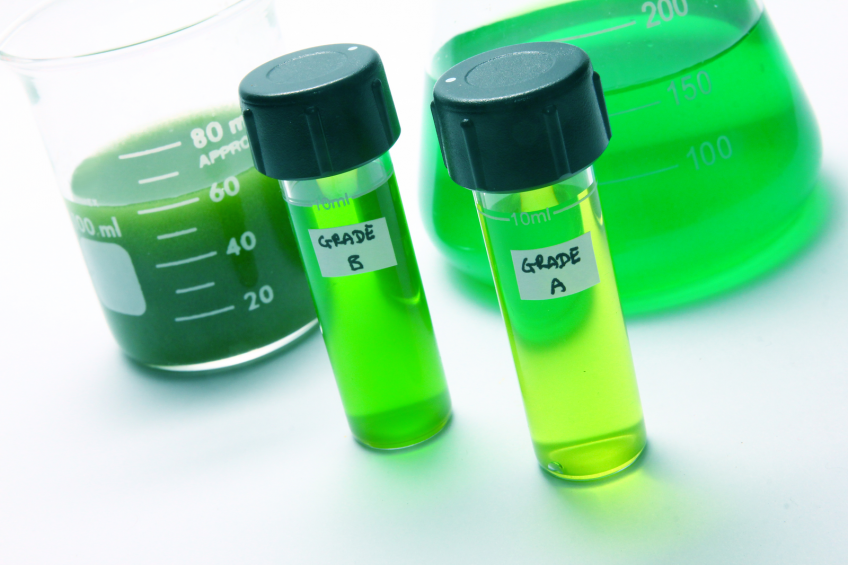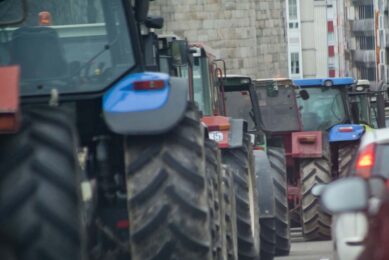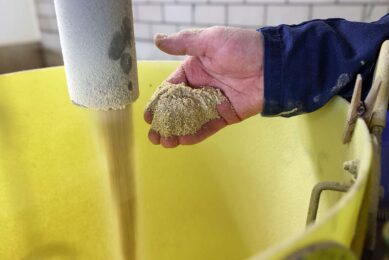Seaweeds in pig diets: Meat and health effects

Seaweed – in what role can it be successfully applied in pig diets? A recent scientific overview points to their role as additives for their potential effects for pig health and meat quality.
The overview was presented by scientists from Italy and France in the scientific journal Animal Feed Science and Technology. The article summarised the most relevant research to the use of seaweed in livestock diets. Below, the findings with regard to pigs are summarised.
Feeding brown algae to pigs
The researchers start off by diving a little bit in history. In the 19th and early 20th centuries in Gotland (Sweden), pigs were fed with a mixture of boiled brown algae F. vesiculosus and cereal meal. A similar use was reported in 1980 in Loch Feochan (Scotland, UK), where boiled or raw brown algae Pelvetia species were fed with oatmeal to fatten pigs.
In 1979, it was shown that moderate to high amounts of brown seaweeds in the diet may be detrimental to pigs: for example Ascophyllum nodosum meal fed to pigs at 10% in the diet did not affect blood parameters but weight loss was recorded after several weeks.
Nowadays, seaweeds are fed as additives in low amounts (1-2%) for their potential benefits for pig health and meat quality.
Meat quality: Seaweeds as a iodine source
In regions where part of the population suffers from iodine deficiency, the use of seaweeds in pig feeding has been proposed to increase iodine concentration in pig meat, as the organic iodine found in seaweeds such as Laminaria or Ascophyllum is readily metabolised and stored in the pig muscle, unlike inorganic iodine, as was demonstrated in 2010.
Feeding pigs with a diet containing 2% of dried A. nodosum (the seaweed-based diet contained 10 mg/kg of iodine vs 1 mg/kg for the control diet) increased the concentration of iodine in animal tissues by 2.7-6.8, depending on the tissue.
This feeding strategy for producing iodine-enriched meat was found to be an easily controllable contribution to human iodine supply, without risk for overdosing or the need for shift in eating pattern, but this contribution was considered insufficient to solve the actual iodine deficiency at country level in Belgium, as was described in 2009.
Prebiotic and health effects
Seaweeds and seaweed extracts have been shown to have prebiotic effects and to enhance immune function in pigs, and have been assessed as potential antibiotic replacers in pigs.
For instance, laminarin and fucoidan extracted from Laminaria species were found to improve piglet performance, with laminarin being the main source for gut health and performance improvements, which was reported in 2009 and 2010.
Trials with intact seaweeds
The researchers write that there have been few trials with intact seaweeds. In Japan in 2011, seaweeds of unspecified species fed for 4 days, from 76 day-old to 80 day-old pigs at 0.8% dietary inclusion increased IgA production in saliva and immune function.
In Belgium (2009 and 2010), in vitro investigations revealed a depressive effect of dried A. nodosum on piglet gut flora, especially on E. coli. Seaweed meal included at 1% in piglet diets reduced the E. coli load in the stomach and small intestine, while increasing the Lactobacilli/E. coli ratio in the small intestine, indicating a greater resistance to intestinal disorders.
Seaweed meal added failed to enhance performance
However, in a later experiment (2012) by the same authors, the seaweed meal added at 0.25%, 0.5% or 1% to piglet diets of good digestibility failed to enhance performance of weaned piglets, gut health parameters, plasma oxidative status, and did not alter the microbial ecology in the foregut and in the caecum.
This lack of effect could be due to the presence of phlorotannins in Ascophyllum, which would counteract the prebiotic effects of other compounds, or it could be due to a too low inclusion rate. With regards to the unchanged oxidative status, antioxidant vitamins in the diet may have masked the antioxidant effect of the seaweed.
The total article, also including effects for other livestock species, e.g. sheep and poultry, in Animal Feed Science and Technology was compiled by Harinder P.S. Makkar and Philippe Ankers, FAO, Rome, Italy; Gilles Tran and Valérie Heuzé, Association Française de Zootechnie, Paris, France; Sylvie Giger-Reverdin, attached to both the INRA, Paris France and the AgroParisTech UMR, Paris, France; Michel Lessire, INRA, Nouzilly, France; and François Lebas, Association Cuniculture, Corronsac, France.
More about New Proteins
Read more about seaweeds as well as other new proteins in All About Feed‘s exciting New Proteins dossier.
 Beheer
Beheer








 WP Admin
WP Admin  Bewerk bericht
Bewerk bericht